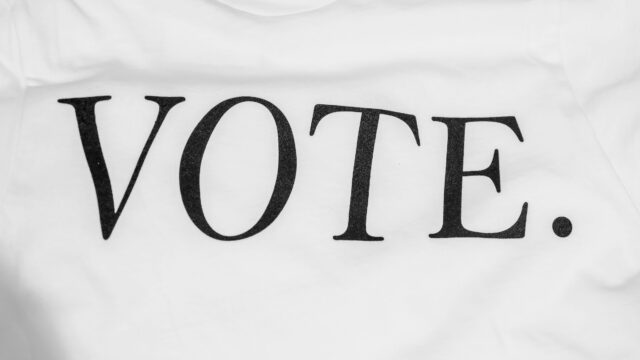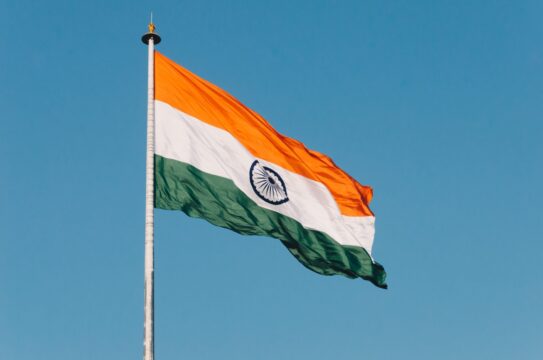 No matter in what business or role you are, it’s very likely that you’ve had to face this question at one point in one or other.
No matter in what business or role you are, it’s very likely that you’ve had to face this question at one point in one or other.
“What are the features of our product/service? What features would make our customers buy more? What type of product or service we should give to our customers?”.
These questions become particularly important if you’re involved building, designing or marketing of the products. You’ll spend considerable amount of time thinking and working on what we call as features of products. Here I’m talking about features in a very broad sense. Some people would use the word product attribute or simply attribute. The word attribute sounds like jargon. So I’ll stick to word “features”. Feature is anything that describes your product, which will have an impact on customers buying decision. Don’t see it as something “outside” the core value. You can make features an integral part of the product, and help customers find true value for their money. What features to put and what features not to put is perhaps a very big problem for anyone involved in product building/marketing. This could be entrepreneur, designer, product manager, product development team, or marketing people.
Price
For a product to succeed in market, two things are critical.
1. It should provide some kind of value. Though entrepreneurs and investors are obsessed with USP, value offered need not be unique to sell a product, at least in many cases. But the value or some definite utility to the customer should be there in the product.
2. Second most important thing is price. Particularly in a price sensitive market like India, price can make or break a product.
Many products and services utilize the price sensitivity of Indian market, and play it to their their advantage. First good example is Sachet. Instead of selling shampoos, instant coffee powder, and so many other things in big bottles, these are sold in 2-3 rupee sachets. While the actual profit from sale of one sachet might be few paisas, it’s a volume game, and given the market size of India, it works. Think about price as a unique feature, and try to see how you can make sure that price is attractive to customers and is profitable for you.
Category
Normally, when we’re building a product, we build different categories of the product by doing some variation, while keeping the core concept of the product same. The purpose could be to address different segments of the market. The same segment of market can consume both categories of the product.
For example, you can see petrol car and diesel car. These form different categories of the same product. If you’re buying a car, you’ll either go for petrol car or diesel car. Not both. [Unless of course, you want to have two cars] Another example could be Insurance products- You’ve health insurance, life insurance, and many other types of insurance. A same customer can buy two or more categories of the product.
Numerical Specifications of the Product
If you’re buying a camera, what is the first question you ask? How many MPs it has can become a very decisive factor in choosing that product. In this era of high fuel price, we give a lot of importance to mileage of the vehicle. It’s not just this. When you’re buying a home, you ask how many BHKs. What’s the area?
So numbers can play critical role when purchasing the product. You should also remember that not all numeric specifications are important. When you’re building the product and marketing it, you’ll have to be aware of the numbers customers give importance to. And build your product and marketing strategy according to that.
Must have features
Usually, when we are thinking of buying something, we think in terms of some core needs and some “extra benefits”. We don’t want to compromise on the core needs. And when we’re evaluating a product, we try to see if our core needs are met. Those core needs must be addressed through some features of the product. A feature that addresses such core need is “must have” feature for me.
So features a product can be classified as “must have” features and “good to have” features. It must also be remembered what “must have” feature for you can be a good to have feature for your friend.
Example- If you’re buying a mobile phone, a high resolution camera might be must have for you. You may have friend, who’s not so enthusiastic about camera and photography, so for him, a high resolution camera might just a “good to have” feature.
Selling Place/Channel
This might not exactly look like a feature, but the place where you sell will have lot to say about the product, and it’ll have an effect on the purchase decision of the customer. A very good example – Pizza. You can order it online, or through phone, and people have no problem with it, even when they’re ordering new tastes. To understand importance of this, just ask this question –
Would Domino’s Pizza have become this popular if they hadn’t provided door delivery option?
On the other hand, many people would love to buy the clothes only after seeing and touching them. Similarly, some people are used to buy things in retails next to their homes, while others buy mostly at malls and supermarkets.
Earlier it was era of desktop applications. Now, it’s SaaS, and mobile Apps.
Where and how you sell a product is an important and integral part of product, and you’ll have to consider it carefully.
How brand is related to features?
Let’s try to understand how brand is important and how it is connected to features. Brand usually builds emotions of trust and familiarity. Brand is also about the core value that company stands for. There are some companies which cater exclusively for luxury customers. The moment you hear about that such name, you start thinking about luxury.
Similarly, there are some brands that stand for quality, speed, safety, or other things that are important in their business. Brand can have very decisive impact on buyers decision.
The interesting thing is that you can not add “brand” as a feature to your product. You’ve to build it. But as a start up, we’ve to offer something very unique, and delight the customer so that, he/she will become loyal. So you’ll have to add features that reinforce your brand.
In my application – Product Market Lab which is a tool to understand what customers want to buy- I’ve built a framework where it becomes very easy to understand requirements of customers in terms of features. Based on the specifications of your product, a Product Market Lab survey is automatically generated. Using the responses for this survey, we can figure out exactly what features customers are interested. We can also discover market segmentation of customers interested in specific features of the product.
Author Bio:
Mahesha Hiremath runs a startup, Boson Research. An engineering graduate, he’s interested in market research, product design, product features, and product marketing. Product Market Lab is a tool where you can experiment with features, prices and lot more!
Editor’s Note : Product Market Lab is a current Advertiser with TheTechPanda.












